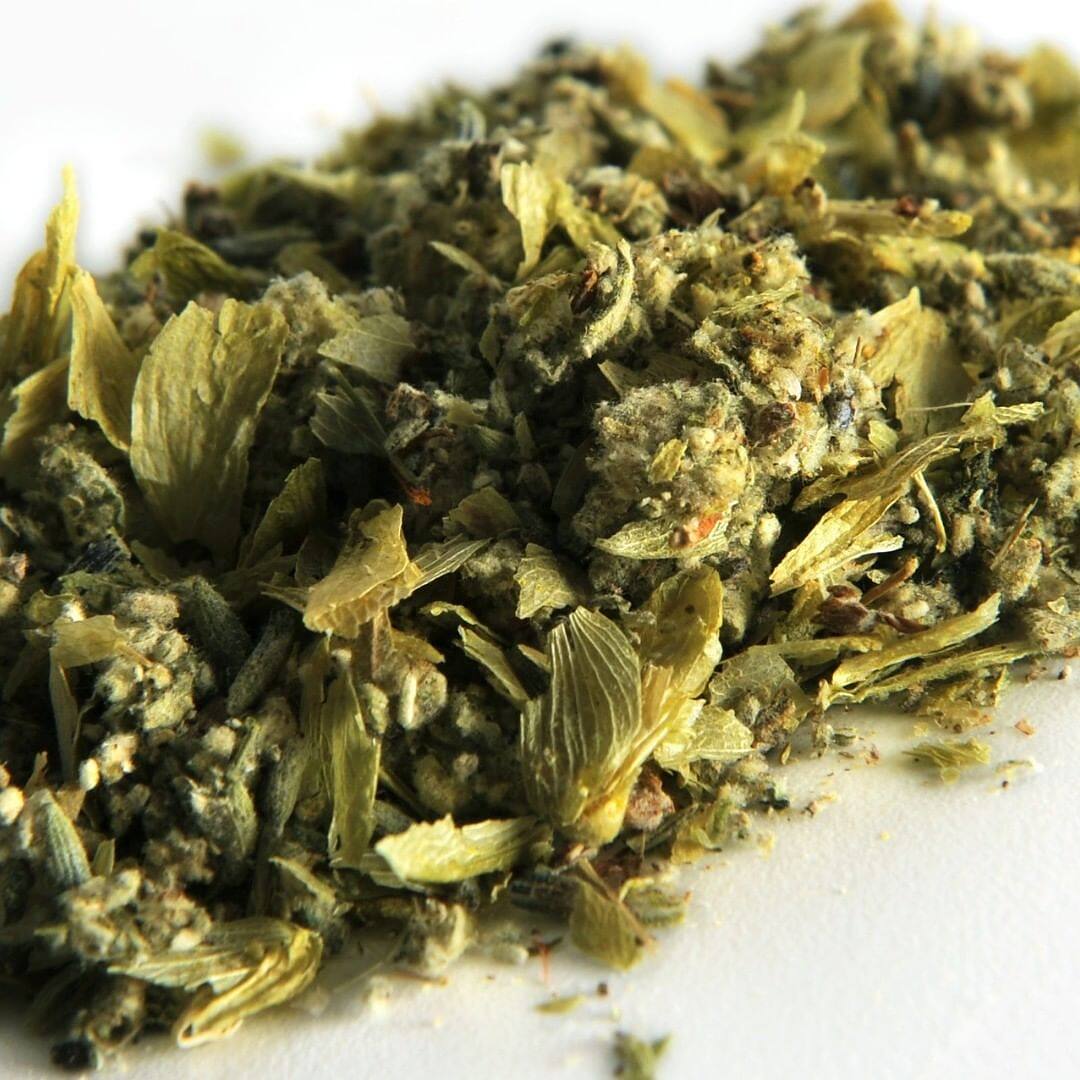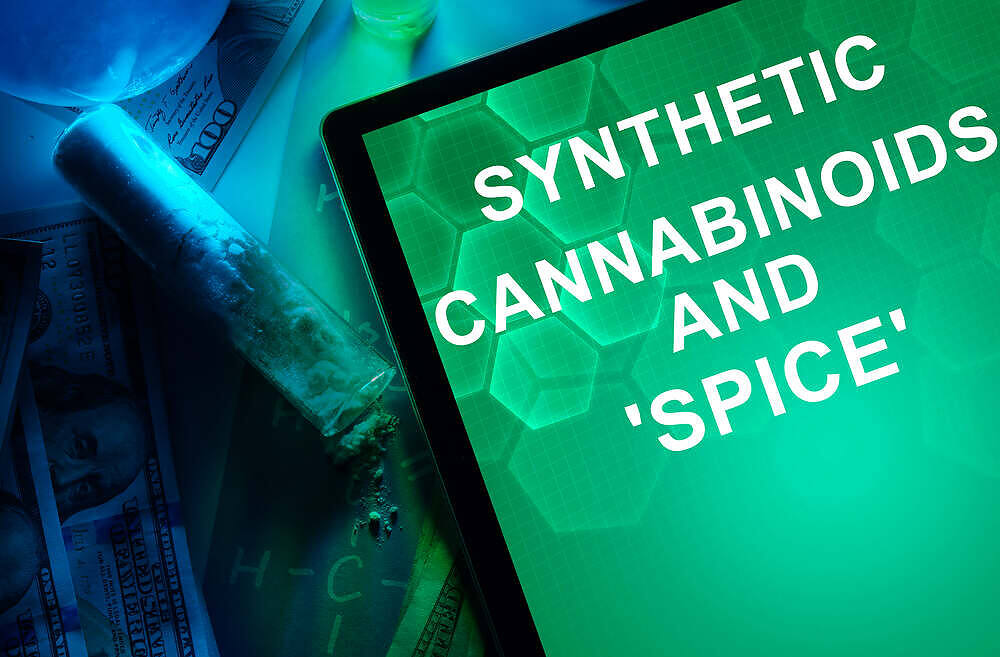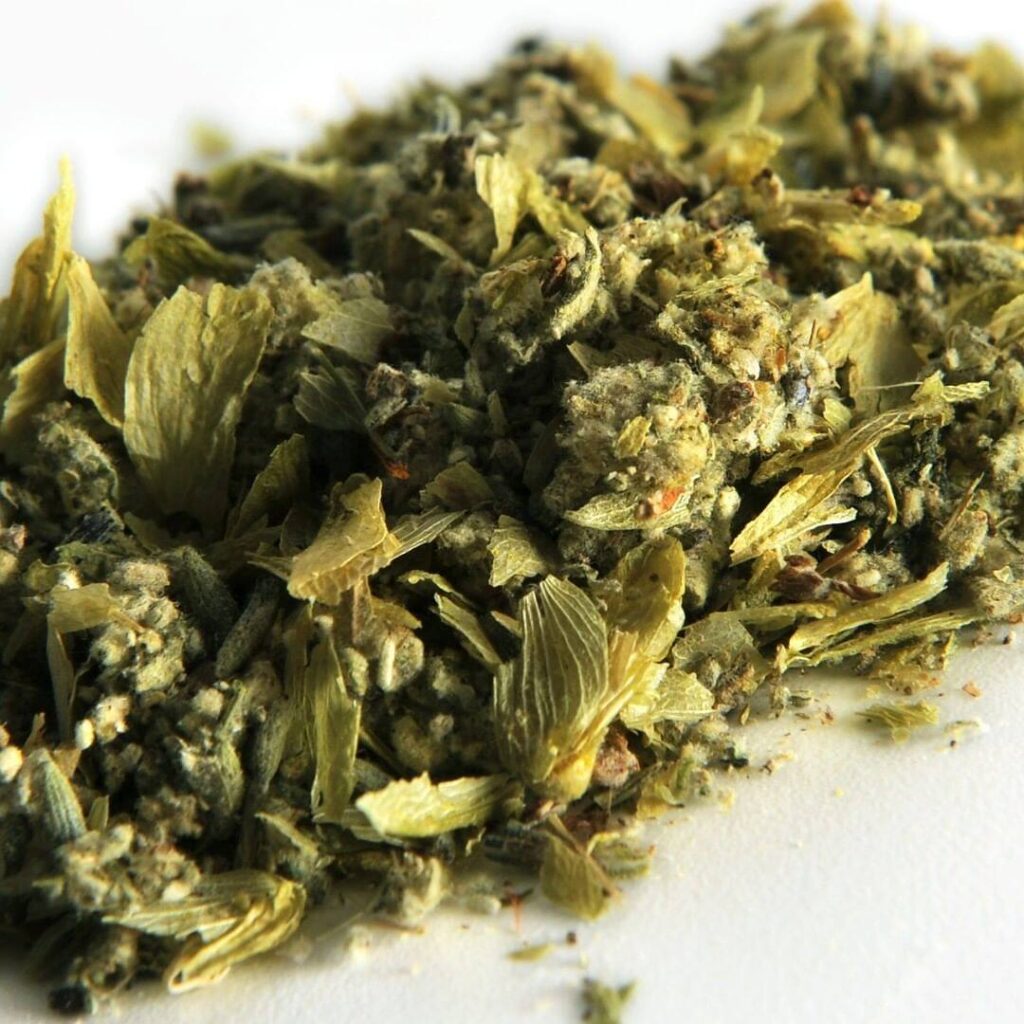What Is Spice?
Spice (K2) is a nickname for the class of drugs formally known as synthetic cannabinoids.
Cannabinoids are the chemical substances that form in cannabis and a few other plants. These substances are why cannabis produces psychoactive and physical effects when humans consume it.
The Spice Drug is not like cannabis, though.
Spice gets its impact from the presence of synthetic cannabinoids. That’s why companies can market the substance as “synthetic cannabis” or “legal weed.” The relationship comes strictly from how the product might look and the presence of synthetic cannabinoids.

It’s essential to distinguish between synthetic and organic cannabinoids, though. These chemicals are sprayed onto spice rather than produced naturally within the product.
There are hundreds of unique synthesized cannabinoids. They’re altered to produce different effects in the humans who ingest them, and often, these cannabinoids are more effective at binding to the CB1 receptors.
That enhanced binding is a devious fact for marketers to advocate these products. If something is “better” at binding, it must be a better product, right?
The side effects of spice use are far different from the typical effects that people experience with cannabis. It’s a dangerous connection because the answer to “what drug is spice” could easily be that it is “a form of cannabis.”
Even though spice is not cannabis, the fact that it has cannabinoids, however synthetic, makes it a believable lie.
What Does Spice Drug Look Like?
So, what does spice do to you that makes it so different?
The difficulty in answering this question is that there are numerous synthetic cannabinoids to discuss. “spice” is a catch-all for any cannabis-type product made with synthetic cannabinoids.
As a result, the question “What is spice drug made of? “or “What class is spice?” is difficult to answer. Further, people on spice will experience different results depending on their particular product batch. Other brands utilize different cannabinoids to achieve their ends.
These cannabinoids are either sprayed onto plant material, combined in a liquid to be vaporized, or infused in teas and foods. The product’s reliability depends on the brand in all of these cases.
That said, there aren’t strict rules on the manufacture of these products, so you might get “big batch” products that aren’t closely monitored. In other words, you could get a bag of spice that’s brought a whole host of unresearched cannabinoids without getting a clear indication as to what they are.
You might get a clear list of the cannabinoids in the batch but not know what proportions those chemicals exist in. All these things make it very difficult to know what spice looks like on a physical and chemical level.
Spice Side Effects
What are the symptoms of spice drug?
Cannabinoids can produce almost any effect on the body. This is possible because the endocannabinoid system runs throughout the body and mind, intertwining with our bodies’ essential functions.
As scientists create more synthetic cannabinoids, those potential spice drug effects will multiply. That said, we know some of the possible effects of spice.
Spice effects include agitation, irritability, confusion, breathing issues, digestive issues, potential hallucinations, delusional side effects, psychotic shifts, thoughts of self-harm, aggression, muscle damage, kidney failure, stimulated nervous system, and more.
Note that these side effects depend on the particular cannabinoid in question. Scientists can create synthetic cannabinoids that produce positive effects on the user. That said, this is generally not the case.
Does spice get you high, though? That’s another one that’s difficult to answer. If you’re looking for a UK spice legal high, you may or may not get what you want.
The difficulty is deciphering which parts of the experience are part of a “high” and which are side effects of an enraged nervous system or mental effects of the spiked amygdala.
The spice drug contains a variety of chemicals, and those chemicals might all interact differently with each user. There are discussions about how to take spice and which methods work the best. Note that, in any case, you’re ingesting lab chemicals that haven’t gone through rigorous testing.

Is Spice Illegal?
There was a period when spice was adequately legal. It emerged into the market as a legal high and claimed to be a healthy substitute for cannabis.
Spice was sold at convenience stores, smoke shops, and other areas. This popularity shot up right around 2009, but it wasn’t long before the evidence started to stack up that spice was dangerous.
Bad batches of spice lead to numerous hospitalizations, deaths, and general harm. As a result, most countries have made spice illegal or put innumerable restrictions on what these products are allowed to contain.
The difficulty is that UK spice drug suppliers still market it as a UK spice legal high, and they can still do it. Why is that, though? Is spice legal?
Legal and Illegal Cannabinoids
Understanding why some sellers get away with pedalling spice without breaking the law might help to look at a popular product that’s getting a lot of attention.
You might have heard about something called “Delta 8.” This is the new wave of legal cannabis products, claiming to produce a mild high while maintaining its legal status.
By all accounts, Delta 8 is effective at producing this high, and there aren’t a lot of arguments with that point. It seems to be a safe product and does what it claims. People claimed that about spice at first, too, but that’s a discussion for another day.
Delta 8 is legal in places like the United States, for example, due to its chemical structure. The UK has more stringent cannabis and hemp laws than some areas of the United States, but that’s not why Delta 8 is legal in The US.
Delta 8 sits in a perfect little loophole under American law. To allow hemp products like CBD to be legal, The United States only criminalizes particular cannabinoids.
Delta 9 THC is the dominant form of THC. It’s the one that’s present in almost all strains of cannabis. Delta 8 THC is a degraded form of Delta 9, but its chemical structure distinguishes it from Delta 9. The slight adjustment of chemical structure allows Delta 8 to be bought, sold, and smoked in The United States.
How This Applies to UK Spice Drug Legal Status
It’s possible to make more and more synthetic cannabinoids with just about as many variations as scientists would like. As these get made, the bank of legal cannabinoids grows and grows.
Many of the specific components of spice have been made illegal and classified as Class B drugs. The government does this to eradicate spice and keep people safe.
Nothing stops these companies from making more synthetic cannabinoids, spraying them onto herbs, and pedalling them out to UK communities. So, while spice is technically illegal, the definition of “spice” is ever-changing as different synthetic cannabinoids get added to the mixture.
Companies can keep selling the product as synthetic cannabis while including a mirage of different chemicals with unique effects.
The “Human Consumption” Loophole
Another thing that favours spice’s existence is its “not fit for human consumption” label.
When something is marked as harmful to humans, it gives it a different classification. So, instead of marketing something toward human beings, the purpose changes and frees up some legal space for the company to exist.
Imagine if bleach were originally a product that was marketed to humans. Eventually, it would become evident that bleach consumption kills people. It’s still useful for whitening clothes and cleaning things, though, so they would shift its application.
The same idea applies to spice in some sense. Companies can market spice as incense, plant spray, and numerous other things, and they get to exist. When one cannabinoid is taken down, more are waiting to be put into different products.
Further, a lot of these products exist solely online. It’s not as practical for any store to have spice on its shelves because the odds are that the product won’t be legal shortly.
Selling products online is an excellent way for shady companies to skirt the law and keep pushing these harmful drugs, regardless of the spice symptoms experienced by users.



